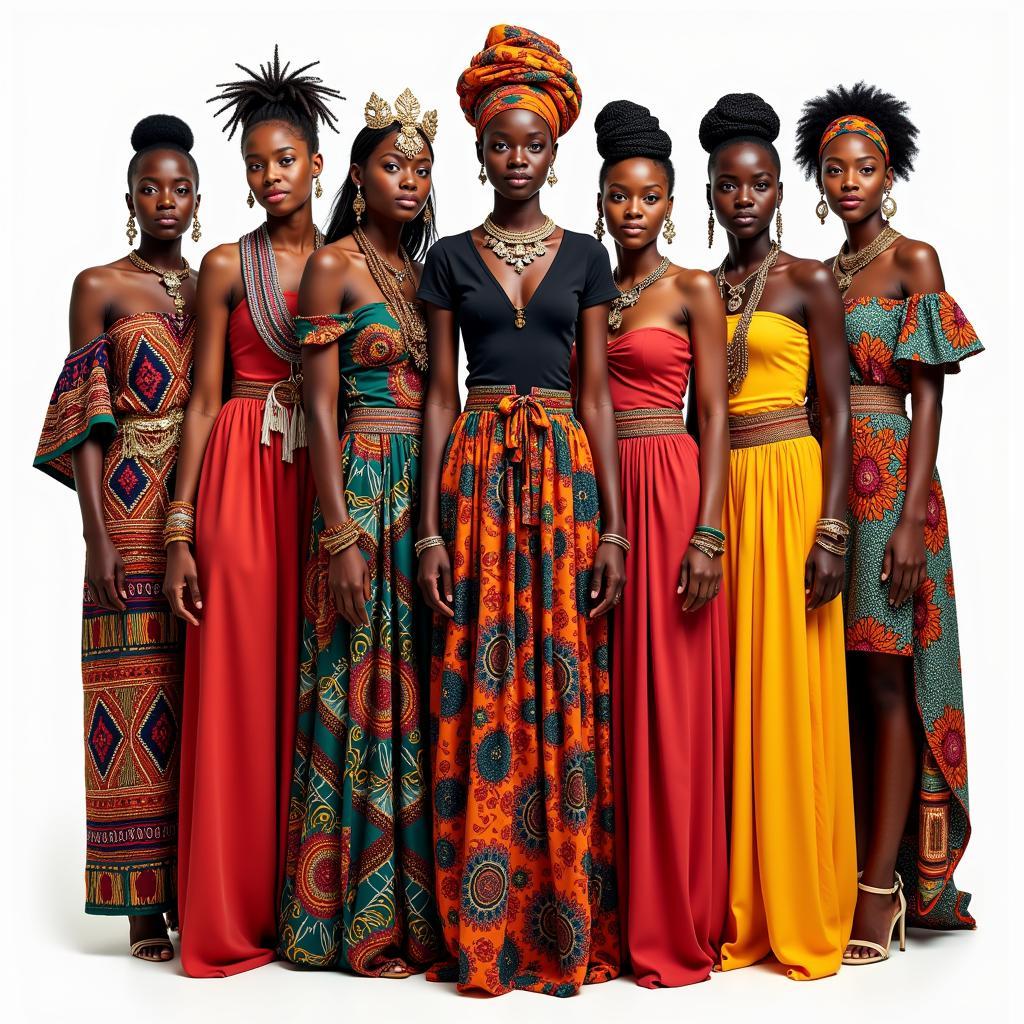Exploring the Allure of African Cherry
African cherry, known scientifically as Prunus africana, is a fascinating tree native to the mountainous regions of sub-Saharan Africa. This evergreen species, prized for its medicinal properties and beautiful wood, holds a significant place in the cultures and traditions of various African communities. Let’s delve into the captivating world of the African cherry, exploring its history, uses, and the challenges it faces.
The Significance of Prunus africana in Traditional Medicine
For centuries, communities across Africa have revered the African cherry for its healing powers. The bark, primarily, is used in traditional medicine to address a range of ailments. From treating fevers and malaria to alleviating stomach pains and even addressing some skin conditions, the African cherry has played a vital role in healthcare practices. The methods of preparation vary, from decoctions and infusions to powders and pastes, showcasing the ingenuity and adaptability of traditional healers. This reliance on Prunus africana highlights the deep connection between African communities and their natural environment.
The Economic and Ecological Importance of the African Cherry
Beyond its medicinal value, the African cherry contributes significantly to the livelihoods of many African communities. The timber, known for its durability and attractive grain, is used in carpentry, furniture making, and construction. This makes Prunus africana an important source of income, supporting local economies and providing employment opportunities. Furthermore, the tree plays a crucial role in maintaining ecological balance. As an evergreen species, it contributes to carbon sequestration and helps prevent soil erosion in mountainous terrains.
What are the main economic benefits of the African cherry? The main economic benefits are income generation from timber sales and employment opportunities related to harvesting and processing.
Threats and Conservation Efforts for Prunus africana
Sadly, the increasing demand for African cherry bark, coupled with habitat loss due to deforestation and agricultural expansion, has put immense pressure on the species. Over-exploitation has led to a decline in Prunus africana populations across its native range, raising concerns about its long-term survival. Recognizing the importance of this valuable tree, conservation efforts are underway to protect and sustainably manage remaining populations. These initiatives include promoting sustainable harvesting practices, establishing protected areas, and raising awareness about the importance of conservation.
The Future of African Cherry: Sustainable Use and Preservation
The future of the African cherry depends on our collective efforts to ensure its sustainable use and long-term preservation. Finding a balance between meeting the demand for its valuable resources and protecting its dwindling populations is crucial. This requires collaboration between governments, conservation organizations, local communities, and researchers. By promoting sustainable harvesting practices, supporting community-based conservation initiatives, and investing in research to understand the species better, we can ensure that Prunus africana continues to thrive for generations to come.
What is being done to ensure the sustainable use of Prunus africana?
Efforts include promoting sustainable harvesting methods, supporting local communities, and conducting research on the species.
Understanding the Chemical Composition and Pharmacology of Prunus africana
Scientific research has begun to unveil the chemical secrets behind the medicinal properties of the African cherry. Studies have identified various bioactive compounds in the bark, including phytosterols, which have shown promising results in treating benign prostatic hyperplasia (BPH). This research is crucial for developing standardized extracts and potential pharmaceuticals based on Prunus africana, opening new avenues for healthcare while ensuring sustainable use of the resource.
Conclusion
The African cherry, Prunus africana, is more than just a tree; it’s a symbol of Africa’s rich biodiversity and its potential for sustainable development. By understanding its value, addressing the threats it faces, and promoting responsible practices, we can ensure that the allure of the African cherry continues to benefit both people and the planet.
FAQs
- What is the scientific name of African cherry? Prunus africana.
- What part of the African cherry is used in traditional medicine? Primarily the bark.
- Why is the African cherry threatened? Over-exploitation and habitat loss.
- What are the economic benefits of the African cherry? Timber for carpentry, furniture, and construction.
- What are some ongoing conservation efforts for Prunus africana? Sustainable harvesting, protected areas, and awareness campaigns.
- What bioactive compounds are found in Prunus africana? Phytosterols, among others.
- What is the future outlook for African cherry? Dependent on sustainable use and conservation efforts.
I encourage you to read more about the fascinating trees of Africa, like the Baobab, and explore our other articles on African flora and fauna.
For any support, feel free to contact us:
Phone: +255768904061
Email: [email protected]
Address: Mbarali DC Mawindi, Kangaga, Tanzania.
We have a 24/7 customer service team.



